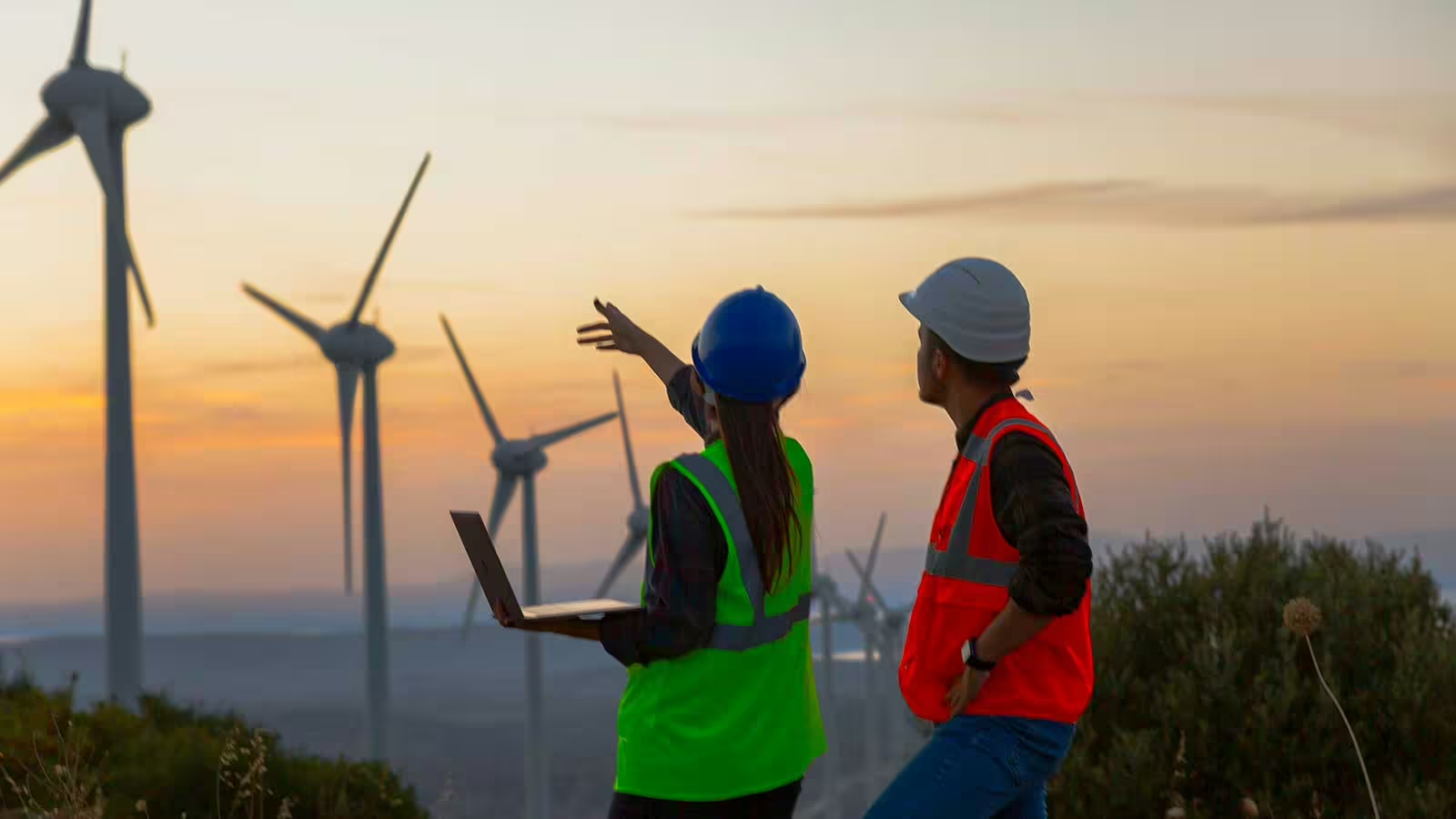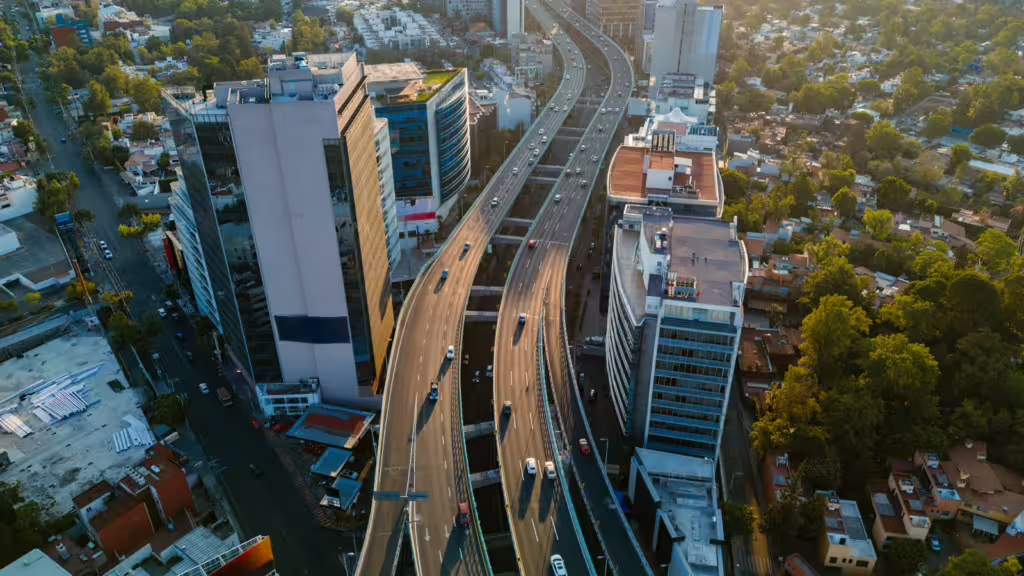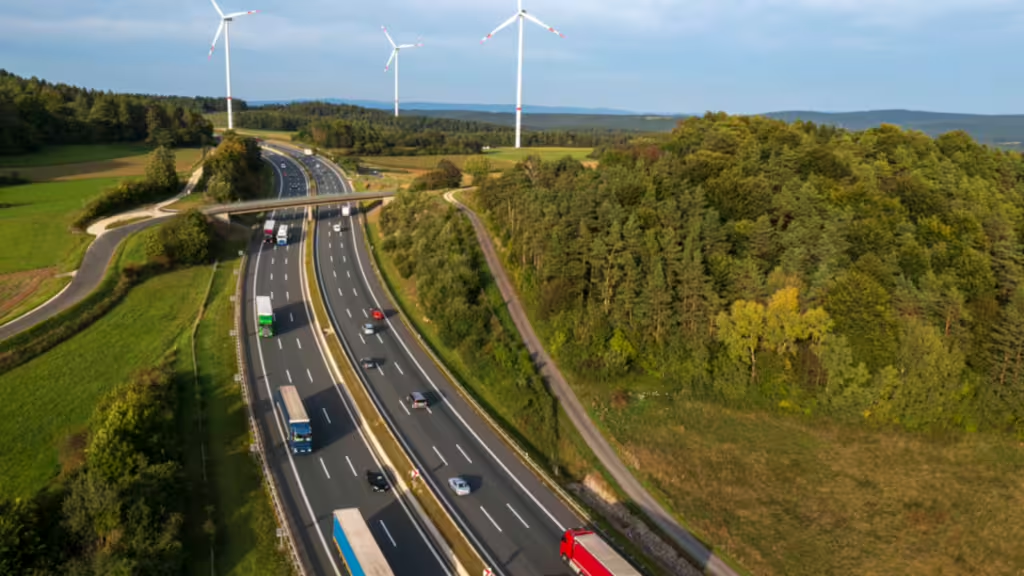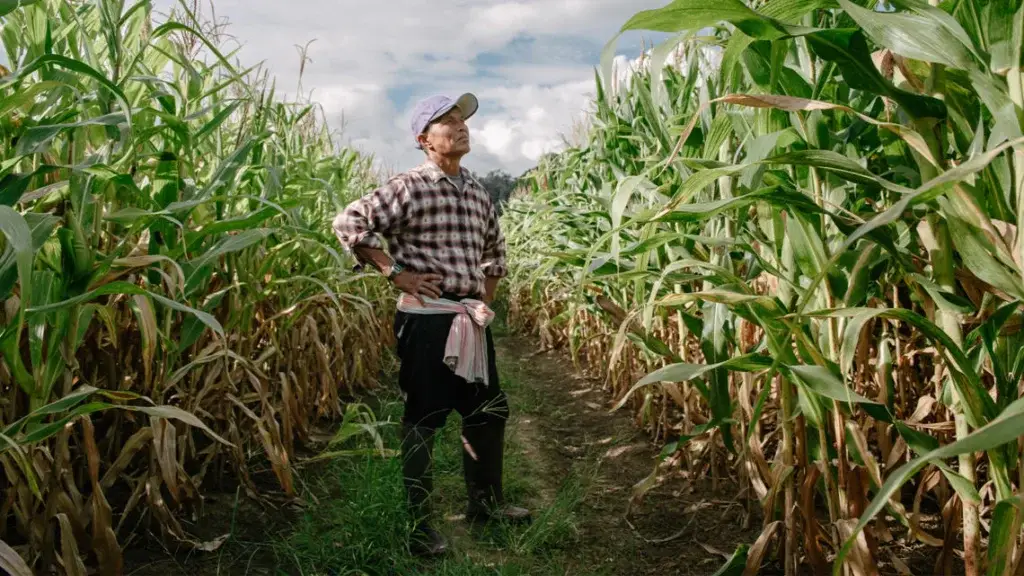Authors
Jennie Dodson and Lewis Hill (WBCSD) and Suzy Glass, Lewis Howard, James MacPherson (BRAE)
We have just half a decade to get on track in our response to the intertwined climate, nature and inequality crisis. This represents an enormous challenge: achieving a net zero, nature-positive and more equal world in which nine billion people live well within planetary boundaries will require drastic changes across entire economic sectors and regions.
But it can be done. History has shown us that change on comparable scales has been delivered within decades, typically in responses to major crises such as COVID-19 or World War II, or as a result of technology and/or market readiness.
Developing and delivering solutions at speed and scale in the face of market failures requires government and businesses to work towards the same goals. At WBCSD, we have set out to identify how the public and private sectors can capitalize on untapped opportunities arising from shared challenges, ushering in the next era of public-private co-creation.
Sustainability transitions are different from past socio-technical transitions because they are goal-oriented. The ultimate aim is to achieve environmental sustainability and tackle societal challenges like climate change, which requires deliberate coordination between markets, technologies, and policies.
Geels, F.W. (2010). The dynamics of transitions in socio-technical systems: A multi-level analysis of the transition pathway from horse-drawn carriages to automobiles (1860–1930), Technology Analysis & Strategic Management.
There are many examples of successful public-private collaborations. For instance, responses to crises such as COVID-19 or the 2004 Indian Ocean Tsunami demonstrate global coordination and localized delivery. The Montreal Protocol and Brazil’s Bioethanol Program show how strategic alignment and joint problem-solving can be fostered at a range of scales, nationally and internationally, to meet grand challenges. And the Global Infrastructure Facility exemplifies how investments can be coordinated on a global scale.
Many of these examples have shortcomings. For example, while PPPs have had some success, many have resulted in negative outcomes and increased mistrust between the public and private sectors. Critically though, technical foundations and downstream delivery mechanisms do exist. The challenge now is to adapt and mainstream the new forms of collaboration we need – building trust, facilitating co-creation and joint problem-solving, unlocking investment opportunities and ultimately moving the international community from talk into action.
Today, most corporate engagement with policymakers on the transition strategies to tackle climate change or nature loss tends to be inconsistent and piecemeal. It is often limited to one-off or one-to-one meetings between a public affairs department and officials at a specific ministry working on a standalone project or issue. These kinds of approaches do not drive systemic, innovative, scalable approaches to change. They are not enough to generate action and impact.
We urgently need a step change. We need to create the conditions for the public and private sectors to work together to problem-solve and innovate in pursuit of whole-of-society transformation. We need to find ways of organizing that encourage new thinking to emerge. We need to learn from and build on existing efforts.
Of course, there are examples of dynamic collaborative efforts, with the public and private sectors aligning to deliver policy change or catalyze finance for sustainability. Over the past five years, the Danish and Swedish Governments have worked with the private sector via their purpose-built platforms: the Danish Climate Partnerships and Fossil Free Sweden, respectively.
In these examples, the national government has challenged the industry to set out how far and how fast they can move, and the support they need to achieve results. This approach has led to the development of policy recommendations and industry roadmaps crucial to delivering progress towards 2030 climate targets.
In India, the Zero Emissions Vehicles Emerging Markets Initiative has aligned stakeholders across transport value chains. Stakeholders include local and international governments, as well as major industry players such as Amazon, DHL Group, Tata Chemicals and PepsiCo India, leveraging demand-side commitments. The initiative catalyzed $350 million towards the deployment of e-trucks over a period of just nine months.
These are seeds of the future in the present, providing insight into some of the conditions required to move toward the next era of public-private collaboration. They indicate what is possible when we move towards whole-of-economy approaches designed to unlock investment and impact opportunities. However, examples of this type of work are currently very rare.
We have been hearing from our member companies and governments we are working with about the need to rapidly embrace this next era of public-private collaboration.
Member companies depend on systemic transformations in global value chains to achieve the targets outlined in their corporate transition plans, for example, the decarbonization of electricity grids in the Asia-Pacific. They need to work closer together with governments and finance to ensure the right policies, regulatory conditions, and financial incentives are aligned to achieve these transformations. Governments are also facing similar challenges in their national transition plans and need to find new and effective ways to engage businesses and their value chains to tap into their implementation capacity.
This year, the Policy, Advocacy and Member Mobilization team at WBCSD has been working with BRAE to explore the approaches, conditions and roles that are critical to enabling public-private co-creation.
Beginning with a rigorous research process, we have gathered lessons from existing and historical initiatives. We are currently working with leading practitioners and experts drawn globally from the public and private sectors to co-design a new way of organizing.
We set out to establish whether we could design a model that is useable across territories, markets and sectors, allowing bespoke solutions to emerge that work in different economic and regional settings. We have been exploring the fabric of existing governance and competencies (organizational and individual), leading us to ask whether we need a different form of institutional approach that can facilitate and co-ordinate global public-private collaboration at the scale required to meet the challenges that face us as we move through the 21st century.
Over the coming weeks, we will be sharing more of our insights, and exploring the opportunity to codify new ways of organizing that support delivery of the next era of public-private co-creation.




